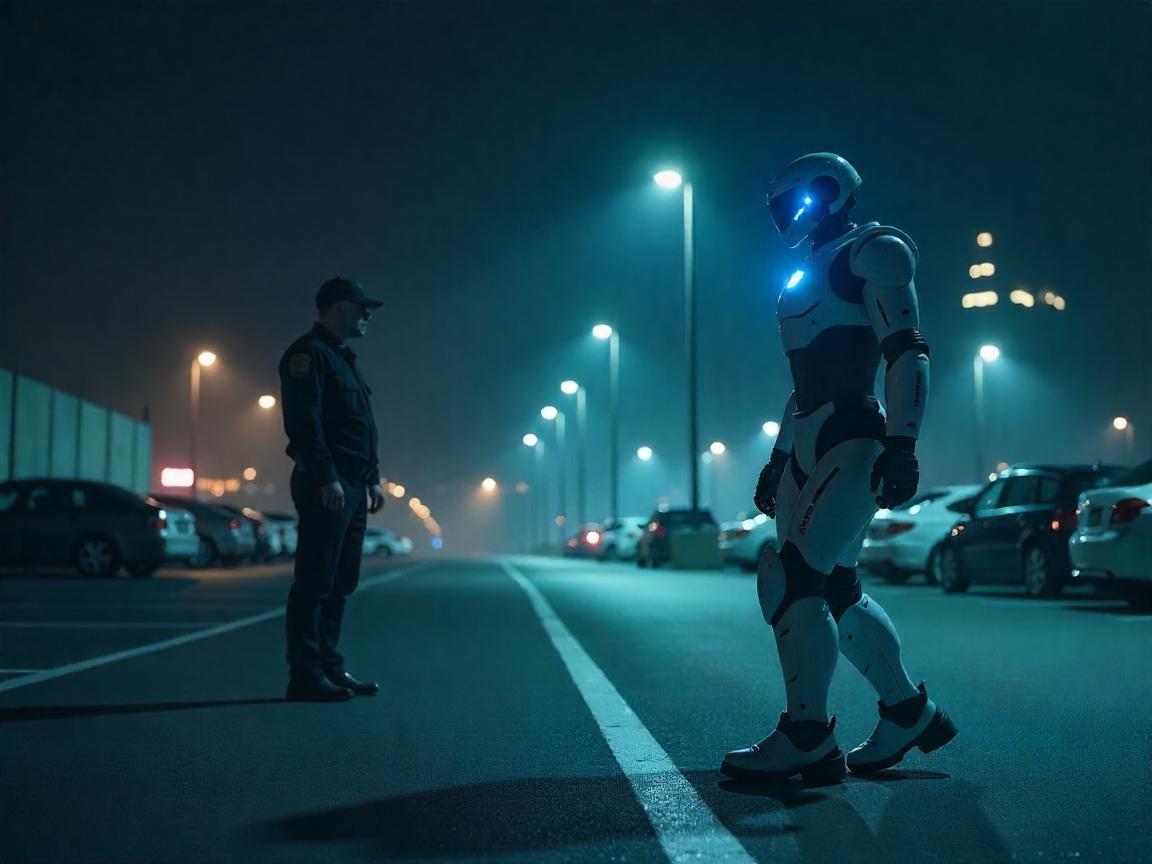
The Rise of Robotic Patrols
Imagine the following: It is 3 am in an empty parking lot. Rather than a fatigued security guard, a this-is-the-future robot with blinking blue lights and weighing 400 pounds glides serenely by parked cars reading license plates and keeping track of movements. This is not science fiction, this is very much real. Other companies such as Knightscope have already placed thousands of such autonomous guarding systems in malls, in corporate campuses, and even in the streets. The million-dollar question is, however, are they, really, preventing crime, or are they merely garnering newsprint?
Consider the Huntington Park shopping mall in LA. Thefts were reduced by 46 per cent in six months after the installation of a Knightscope K5 device. Does that sound impressive, right? And then there is the notorious San Francisco SPCA debacle of a security bot so unpopular that locals toppled it and covered it with barbecue sauce to the point the company recalled it. As one can see, people are divided in their feeling.
Then, what is the reality? It is time to go under the numbers, under the action and under the practical consequences of robot security.
How These Robotic Guards Actually Work
Knightscope K5 and K7 models do not go on coffee breaks like humans. They are perpetual motion smart monitors, 360HD-cam beaming back into glass-box offices, thermal and AI.-assisted analytics that detect aberrant behavior, such as an individual taking too long to pass a fire door or having an unattended bag. Others identify license numbers and match them up with databases of the police.
The thing is, however, that they are physical intervener-free. Rather, the IoT will signal human operators that will then determine whether to dispatch help. That is why opponents claim that these bots are more of psychological deterrence rather than crime prevention. Consider them as futuristic scarecrows- best suited against opportunistic thieves who would not want to be caught on tape.
E.g. case:
- A 30 percent decrease in trespassing is observed in the Microsoft facility in Silicon Valley since the introduction of the Knightscope units.
- During a year, Las Vegas Convention Center recorded more than 100 incidents that were marked by flags, yet there were only a few arrests.
Does that imply that they are effective? Yes–in the proper atmosphere.
When Robots Fail (And Why People Hate Them)
Deployments are not a smooth process at all times. Think of the robot at the Stanford Shopping Center which drove itself into a fountain. Or the Knightscope in Washington, D.C., which supposedly squashed the foot of a toddler? The firm refused to do it (but its PR was hurt.)
There is also the backlash against privacy. The safety concern of San Francisco ban by sidewalk robots was not the only reason, but the concern of Big Brother. Human beings do not like being monitored by the machines, especially when such machines keep the videos forever.
Expert Take:
“Context is the last thing that robots are good at and the information gathering is their speciality. A human guard is capable of knowing the difference when a homeless individual decides to have some sleep and when a criminal is casing the building. A robot? Not yet.”
Looking back, Marcus Weldon, who used to be the CTO of Bell Labs said:
The Bigger Question: Are We Trading Privacy for Safety?
Here is where the fun starts to go down. Such cities as New York or San Francisco are already arguing over the law to limit robotic surveillance. Why? Who will have ownership of the filming considering these machines will be everywhere? Would hackers be able to get into it? Is it possible to mass-surveillance using police?
Real-World Example:
In Singapore, a place where robot patrols are inevitable actually! The government keeps the recording up to 30 days, which is concerning as per an overreach. In Germany, on the other hand, most autonomous security bots have been hit head on by strict privacy laws.
But then is it worth the trade off? It varies depending upon whom you ask.
The Future: Will Robots Replace Human Guards?
Not quite possibly. Although a Knightscope robot only costs $7 – 10/hour (compared against 20 – 50/hour with a human), it cannot:
- Reduce fighting
- Bargain with an intruder
- Be bold to make judgment calls
That is why the best deployments are with robots as force multipliers- not replacements.